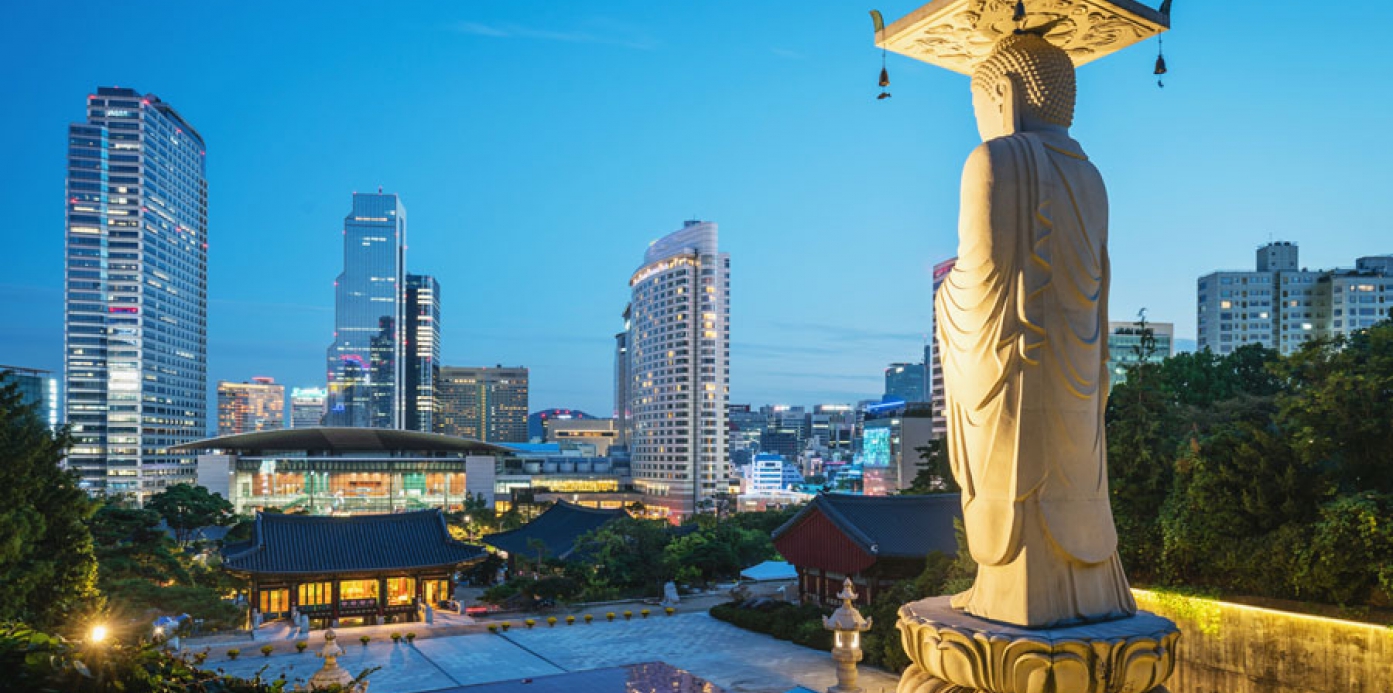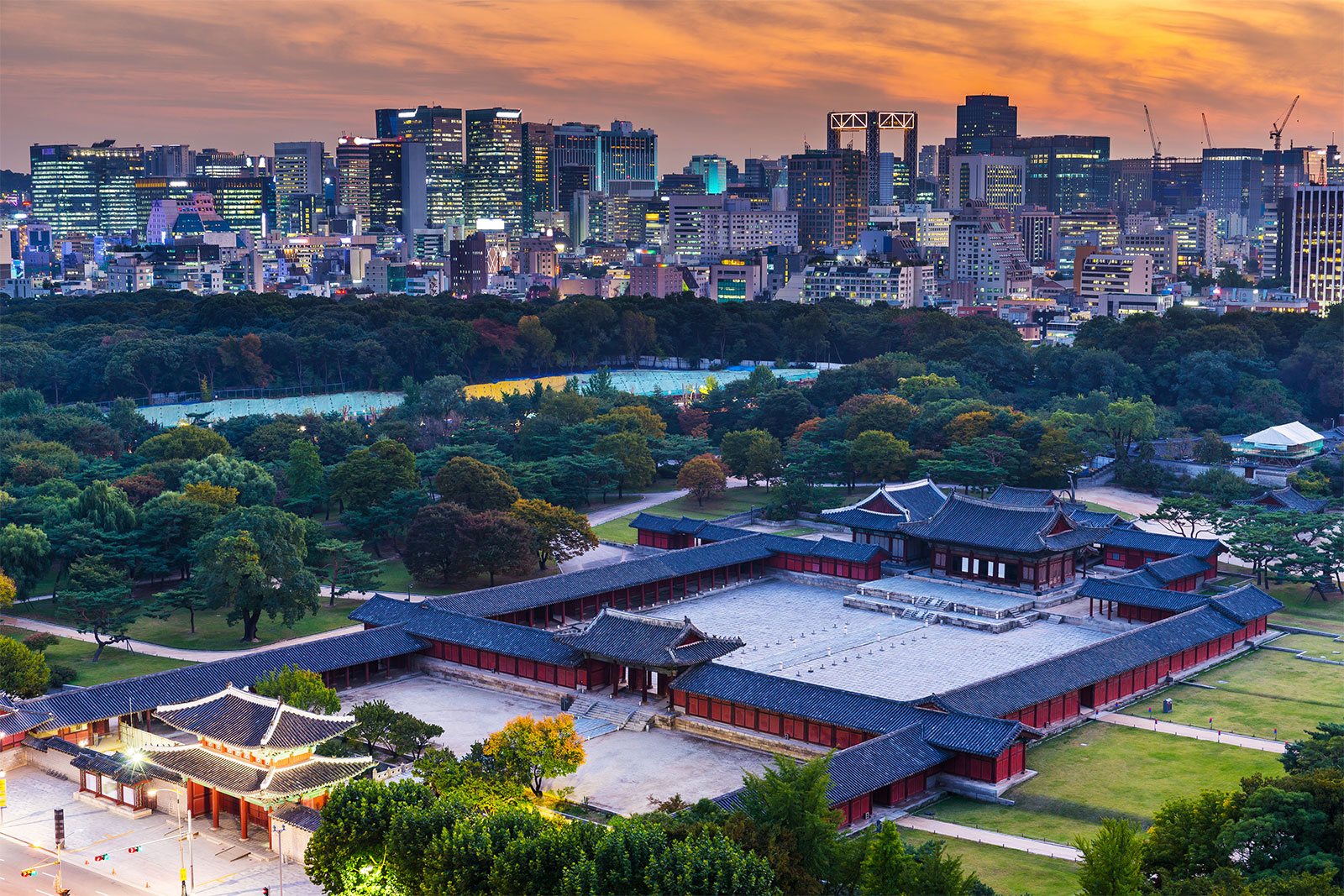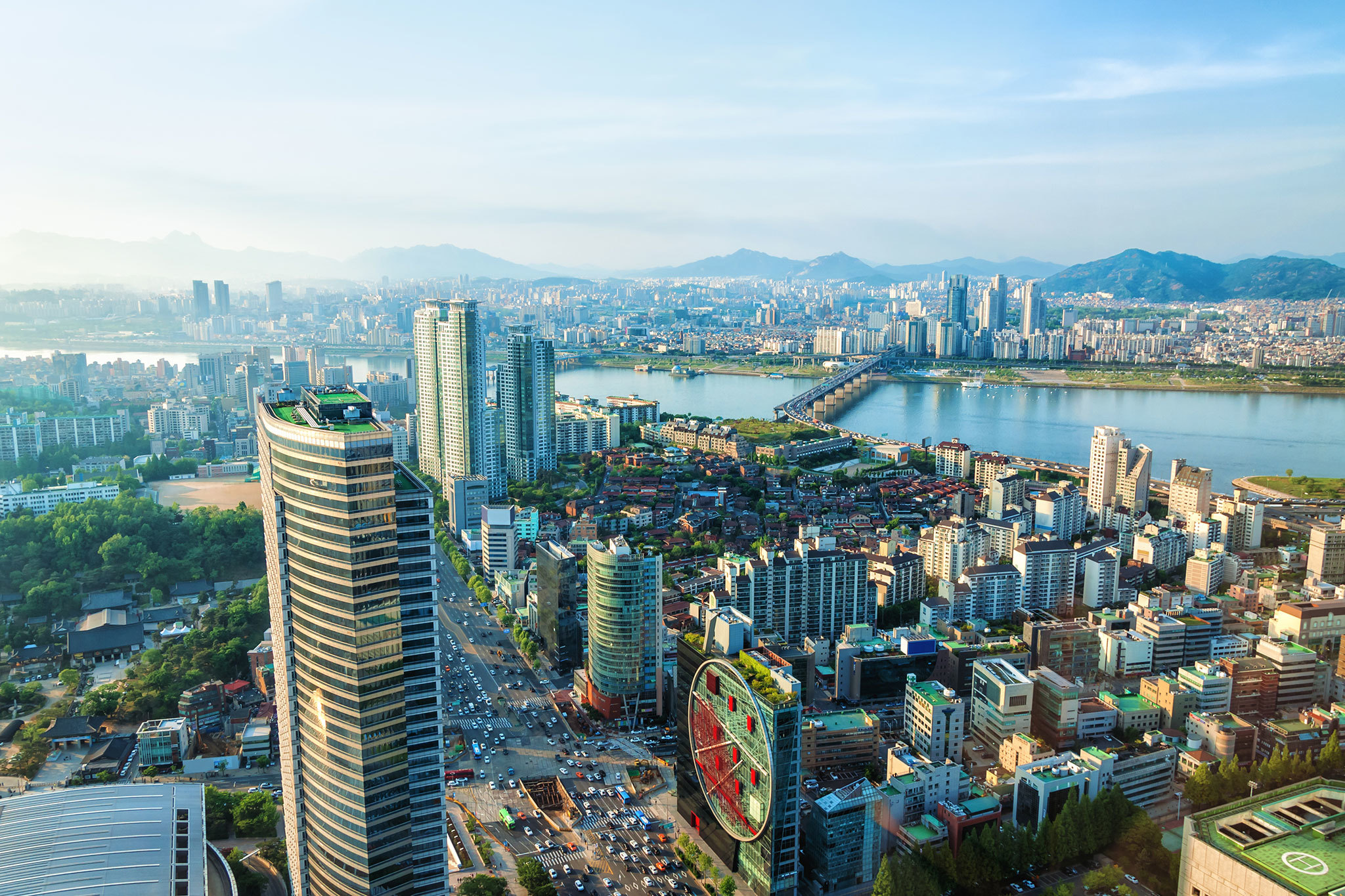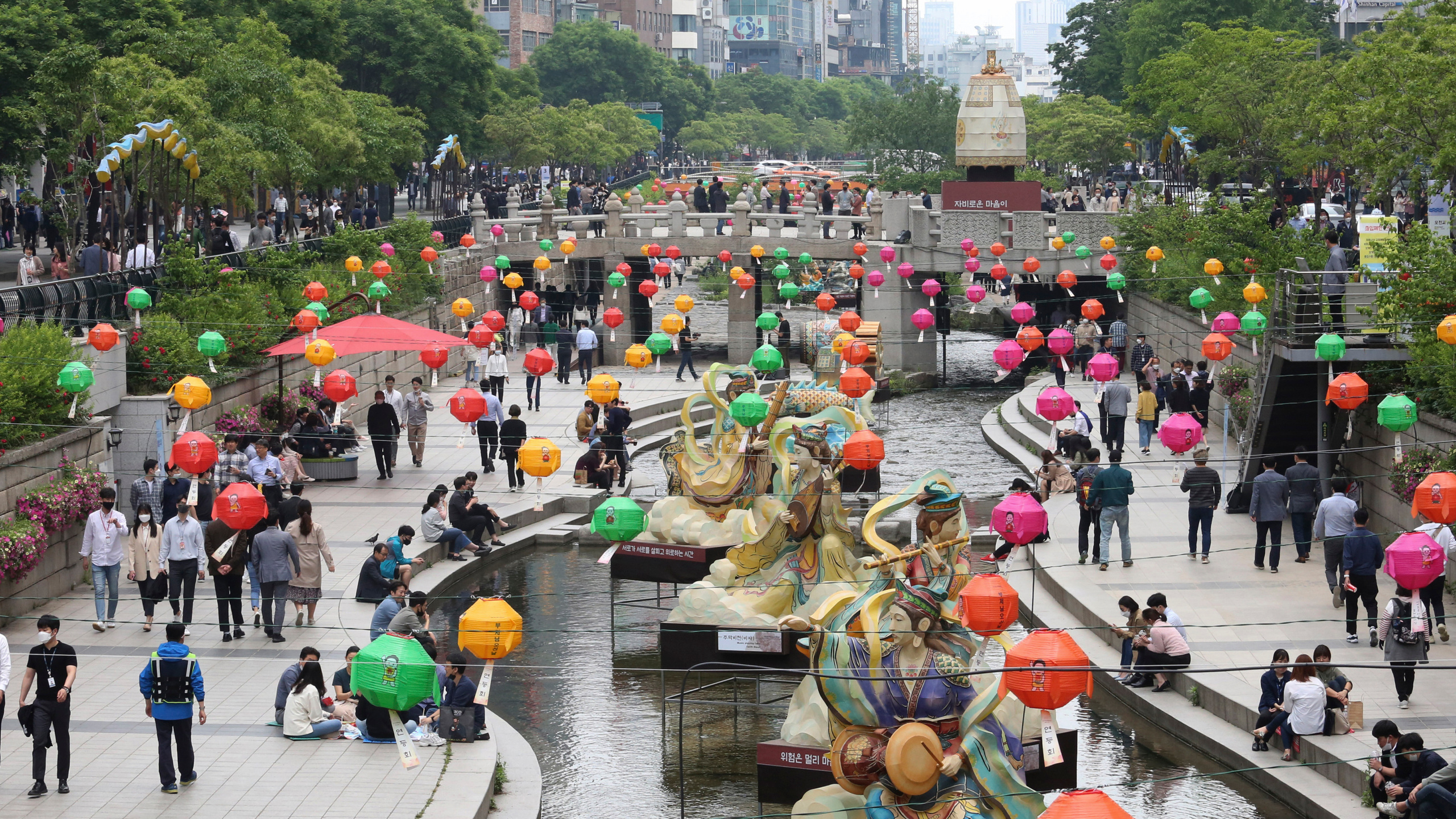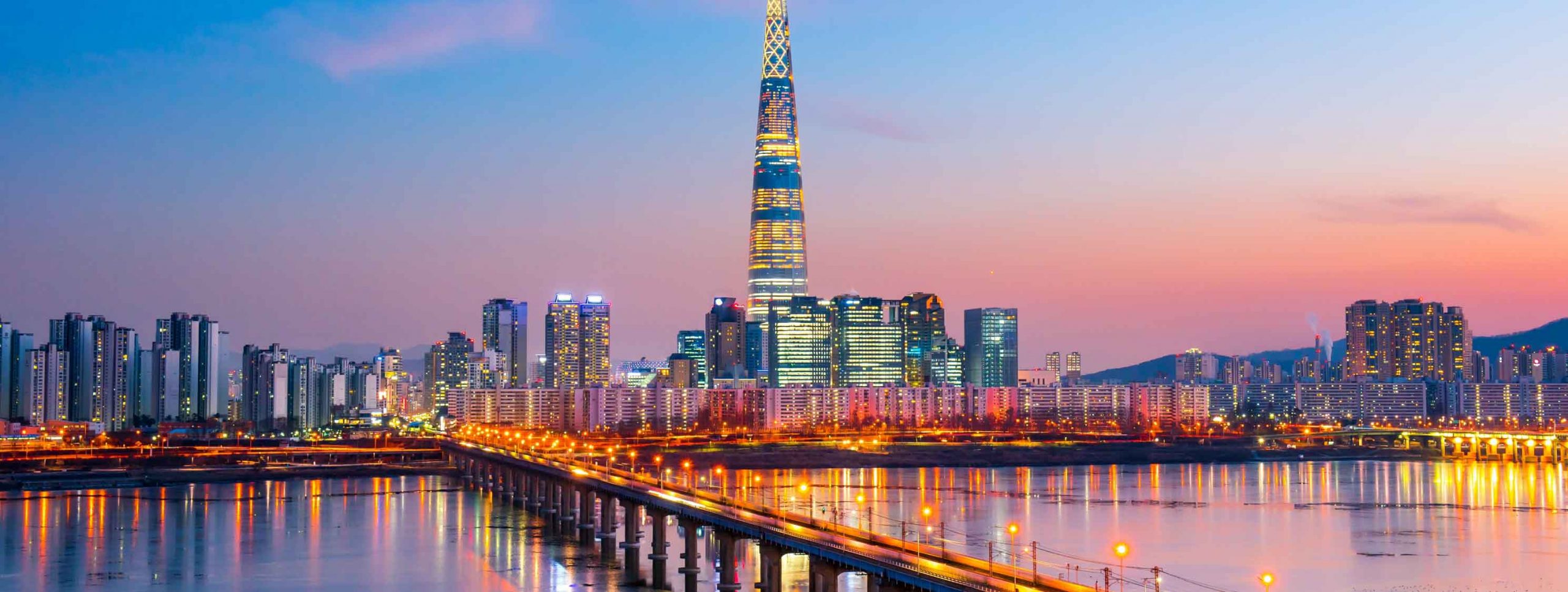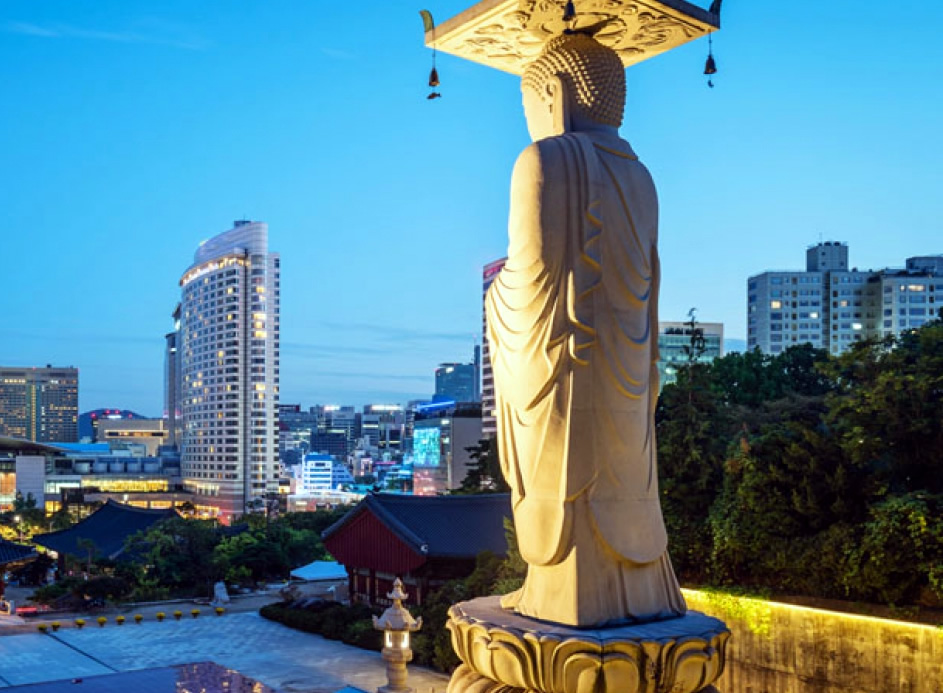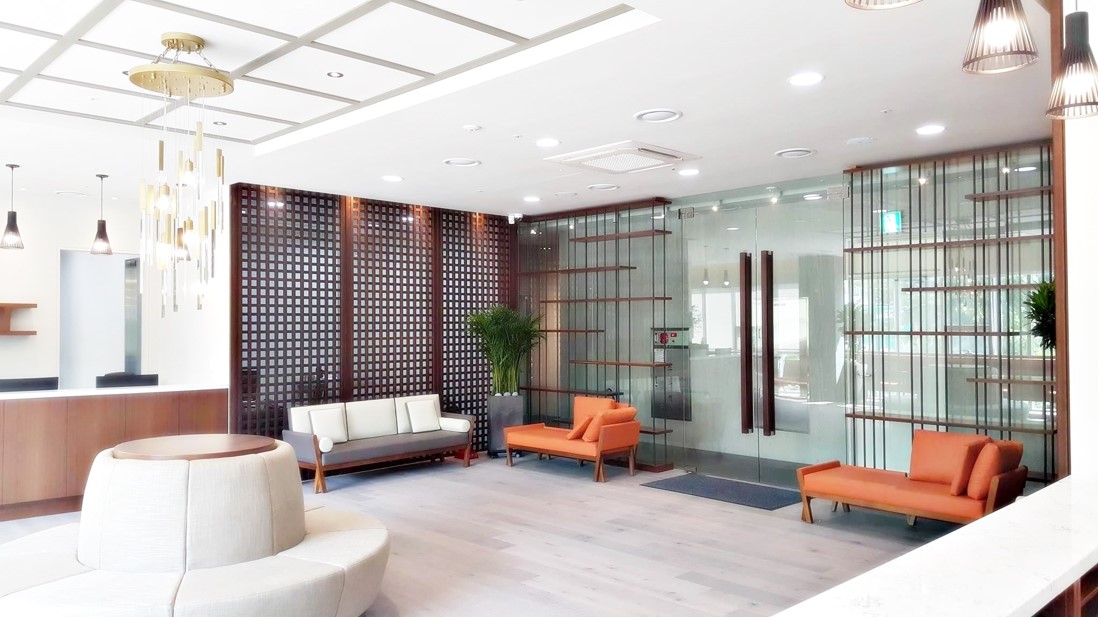The Soul Of Sourth Korea, Seoul
The Seoul National Capital Area is the second-largest in the world at 233.7 square miles and an average elevation of just above sea level at 282 feet. Because of its very large population, Seoul is considered a global city and it is the center of South Korea’s economy, culture, and politics.
Throughout its history, Seoul was known by a number of different names, and the name Seoul itself is believed to have originated from the Korean word for the capital city, Seoraneol. The name Seoul is interesting, however, because it has no matching Chinese characters. Instead, a Chinese name for the city, which sounds similar, has recently been chosen.
Seoul has been continuously settled for over 2,000 years since it was first founded in 18 B.C. by the Baekje, one of the Three Kingdoms of Korea. The city also remained as the capital of Korea during the Joseon Dynasty and the Korean Empire. During the Japanese colonization of Korea in the early 20th century, Seoul became known as Gyeongseong.
In 1945, Korea gained its independence from Japan and the city was renamed Seoul. In 1949, the city separated from Gyeonggi Province and it became a “special city,” but in 1950, North Korean troops occupied the city during the Korean War and the entire city was nearly destroyed. On March 14, 1951, the United Nations forces took control of Seoul. Since then, the city has rebuilt and grown considerably.
Today, Seoul is still considered a special city, or a direct-controlled municipality, in that it as a city has a status equal to that of a province. This means that it has no provincial government controlling it. Rather, the federal government of South Korea controls it directly.
Because of its very long history of settlement, Seoul is home to a number of historic sites and monuments. The Seoul National Capital Area has four UNESCO World Heritage Sites: the Changdeokgung Palace Complex, the Hwaseong Fortress, the Jongmyo Shrine, and the Royal Tombs of the Joseon Dynasty.
Seoul is located in the northwestern part of South Korea. The city of Seoul itself has an area of 233.7 square miles and is cut in half by the Han River, which was previously used as a trade route to China and helped the city grow throughout its history. The Han River is no longer used for navigation because its estuary is at the border between North and South Korea. Seoul is surrounded by several mountains but the city itself is relatively flat because it is on the Han River plain, and the average elevation of Seoul is 282 feet (86 m).
Due to its very large population and relatively small area, Seoul is known for its population density which is about 44,776 people per square mile. As such, much of the city consists of dense high-rise apartment buildings. Mostly all of Seoul’s residents are of Korean descent, although there are some small groups of Chinese and Japanese.
The climate of Seoul is considered both humid subtropical and humid continental (the city lies on the border of these). Summers are hot and humid and the East Asian monsoon has a strong impact on Seoul’s weather from June to July. Winters are usually cold and dry, although the city gets an average of 28 days of snow per year. The average January low temperature for Seoul is 21 degrees F (-6 degrees C) and the average August high temperature is 85 degrees F (29.5 degrees C).
Address Info
Seoul Global Cultural Center
Seoul Global Cultural Center
Hours: 10:30 a.m. - 7:30 p.m. / Languages: English, Chinese, Japanese
Address: 31-1 Myeongdong 2-ga, Jung-gu (M plaza 5th Floor, Seoul Global Cultural Center)
Phone: +82-2-3789-7961



